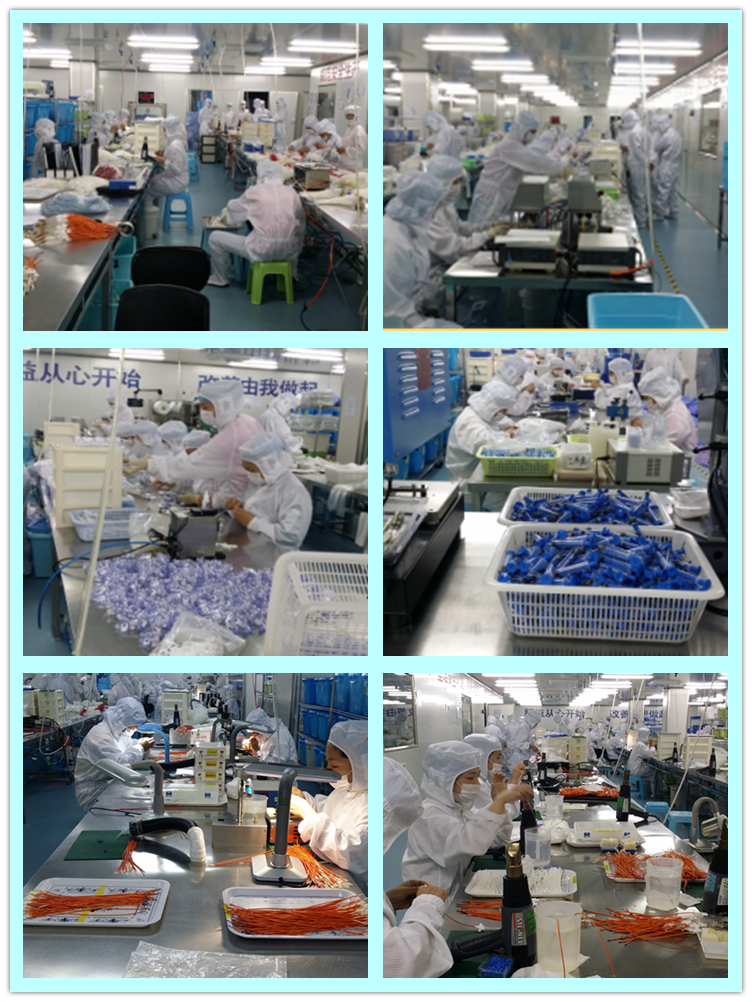Strawberry has high water content, thin skin, delicate tissue, and is susceptible to mechanical damage and microbial infestation leading to decay. At room temperature, storage for 1 to 3 days will change color and taste, and lose the value of goods. Appropriate storage methods for storage and preservation can extend the supply period of strawberries. First, the choice of storage varieties more resistant storage of strawberry varieties: Gorella, female peak, Li Hong, Shuo Mi, Shuo Feng and so on. Second, the appropriate harvest accurately determine the strawberry fruit maturity and scientifically harvest is the basis for storage and preservation of strawberries. Strawberries used for storage are generally harvested at eight ripenings. When harvesting, we must pay attention to removing diseases and inferior fruits. The harvest time should be selected in the morning or evening after the sunny dew is dry, together with the calyx and the handle of the white fruit, to avoid touching the fruit with the finger. Graze the edges and put them into special fruit trays (90 cm, 60 cm, 15 cm). Note: Do not fill water for 3 to 5 days before harvesting. Pre-cooling immediately after harvest will reduce the surface temperature of strawberry fruit to 0°C. Third, the storage method 1. phytic acid soaked fruit preservation. The strawberry was treated with 0.1% to 0.15% phytic acid, 0.05% to 0.1% sorbic acid and 0.1% peracetic acid mixed solution, and stored at room temperature for 7 days, and then stored at low temperature for 15 days. 2. Sulphur dioxide preservation. Place the strawberries in plastic boxes with lids, and put 1 bag of sulfur dioxide chronic release agent per 5 kilograms, and maintain a certain distance between the pharmacy and the strawberries, so that the sulfur dioxide spreads evenly among the fruits and avoid direct contact of the sulphur dioxide with strawberries at higher concentrations. 3. Acid + sugar preservation. The strawberry fruit was impregnated with a certain concentration of sodium sulfite solution and then allowed to dry. At the bottom of the container, a mixture of 90% white granulated sugar and 10% citric acid was placed, and the strawberries were stored thereon for storage and preservation. 4. Polymer coating preservation. Coating preservation is a preservation technology developed in recent years. Chitosan is a high-molecular-weight cationic polysaccharide that forms a semi-permeable membrane that is non-toxic and safe to humans. After coating, a semi-permeable membrane is formed on the surface of the fruit. Such a semi-permeable membrane is characterized by the passage of oxygen, while carbon dioxide and water cannot pass through. 5. Atmosphere storage. The optimal conditions for strawberry air-conditioned storage are: temperature 0 to 1°C, relative humidity 85% to 95%, oxygen 3% to 5%, and carbon dioxide 10% to 20%. 1 plastic small package storage. The selected strawberry fruit is put into a 90 cm, 60 cm, and 15 cm dish, and the pre-cooled strawberries are immediately pre-cooled after being filled. The pre-chilled strawberries are evenly placed into a gas-tight plastic bag (0.04 mm thick polyethylene film bag, 95 centimeters by 65 centimeters by 20 centimeters), and put in a piece of ethylene adsorbent at the same time, tie the mouth of the bag, put in a cold storage at a temperature of 0~1°C and a relative humidity of 85% to 95%, and store it for 2 months. right. 2MAP storage. It is a kind of air-conditioning storage, simple and easy, less investment, and in the transport, wholesale, retail process of product preservation, no pollution, it is lower than the CA storage cost, better than the MA storage effect. MAP storage requires ZQF550/4 vacuum packaging machine, GM-B gas mixer, CYES-II carbon dioxide/oxygen analyzer, nitrogen bottle, oxygen bottle, carbon dioxide bottle and other equipment. 3% to 5% of oxygen, 10% to 20% of carbon dioxide, and 75% to 87% of nitrogen are mixed. The other requirements are the same as those of 1. After the pre-cooled strawberries are put into plastic bags, they are evacuated and the gas in the bags is drained. Then the mixed gas is filled into a plastic bag and sealed for storage at a temperature of 0 to 1°C and a relative humidity of 85% to 95%. Under conditions, can be stored for more than 2 months and fresh as ever.
Antimicrobial central venous catheters are discussed as a device to reduce catheter-related infections. Previously we have reported a study with 223 adult surgical patients randomized to receive either a rifampicin-miconazole-loaded Central Venous Catheter (CVC) (n=118) or a standard CVC (n=105). The antimicrobial CVC was shown to reduce catheter colonization (CC) and catheter-related local infection (CRI) significantly even at long-term catheterization. Here, we present further evaluation of the study focusing on possible benefits for high-risk patients. Subgroup analyses showed a pronounced reduction of CC and CRI in male, overweight and oncology patients. Important covariates were skin colonization for CC and oncological disease for CRI. Odds ratio (OR) for reducing CC was 0.076 (95% CI: 0.016-0.360) and CRI was reduced from 26% to 2.3% (p=0.001) in the cancer subgroup. Ex vivo long-term antimicrobial activity of modified catheters exceeded 4 weeks.
*Related Products:Anti-microbial Central Venous Catheter Kit,Anti-microbial Central Venous Line Kit.



Antimicrobial Central Venous Catheter
Anti-Microbial Central Venous Catheter,Anti-Microbial Central Venous Line,Central Venous Line,Anti-microbial Central Venous Catheter Kit,Anti-microbial Central Venous Line Kit
Nanjing Anesthesia Medical Co., Ltd. , http://www.sinoanesthesia.com


